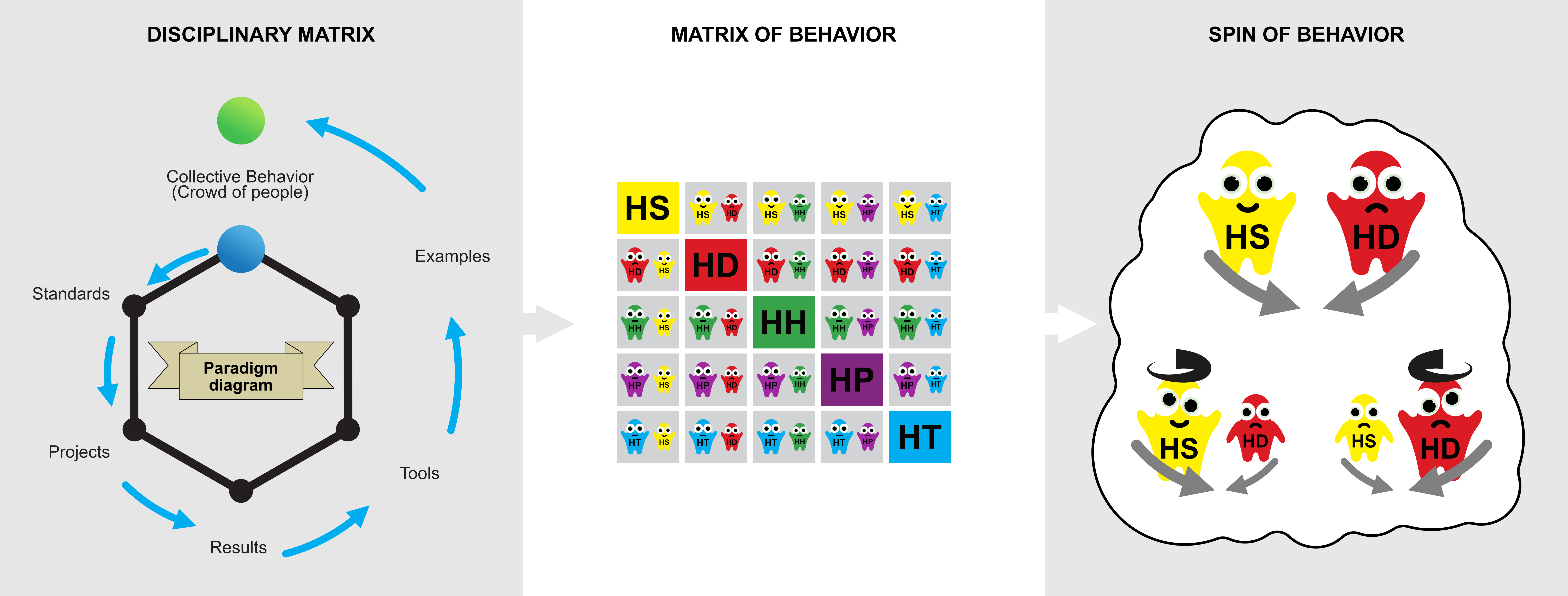Figure C7a.5 Collective (Crowd) addressed by Life Cycle of a Project

Figure C7a.5 Collective (Crowd) addressed by Life Cycle of a Project
Figure C7a.5 follows Figure C7a.4 and indicates the core issue of the relationship of collective behavior to a project algorithm's order (code). The figure opens two views. Respecting the order in a democracy of joint (nation, province, town, village)is different from respecting the order in the project for a joint (country, area, town, village).
For his/her development or safety, the Human has no specific (artificial) algorithm (in addition to his genetic equipment gained from Nature). Therefore, the relation "Democracy - Order" is a problem of the Human. Another situation is with the relationship "Project - Order."
The project has its artificial algorithms (made by humans), and the order in any project represents a necessary condition for gaining a final added value (via paths in its life cycle).
Therefore, any project algorithm is a promising way to achieve a "Shift" in Human Behavior (HB) in a team and a collective via Final Beneficiaries, e.g., from a package of SED, DRR, and HA projects.
Yes, it is a strong optimism built on the present world population's skepticism. We all need better social and economic influencers, skills, and money to regulate human life sustainability in the GT.
Let us now return to the outline of section C7. Another dimension is taking the support of psychologists and sociologists, who will enter the transformation process of the global economy, social ties, and security of life of Man and Nature in the Great Triad (GT).
It is not different from the mentioned support; it is emphasizing "Why" people should change their behavior (in the text of chapter C).
The question "Why" does not seek an answer at the level of goals but ways to reach them. More precisely, in the ranks of motivation and navigation. For example, why would people change their behavior and decide how to do it?
The current mechanism of revolutions and wars is the worst way. It represents a demolition of what is (As-Is) and, without preparation, with the power of politics, establishing of what will (To-Be). It is a sensitive topic and goes beyond the edge of this text and the entire webbook. Therefore, there is only a summary: revolution is not a "Shift" in the sense of Figures part C5e.
It is not a spontaneous revolution that destroys values first. If it succeeds politically (maybe financially for a start), space is created to go further, and the path of projects is open. The goal is for the changing paradigm to succeed and succeed in time.
Therefore, a revolution without preparation (spontaneous and hasty) is a big "Chaos," not a "Shift." We can start looking for a solution to balance "Chaos and Order" in a team or a collective and the "Shift" due to the project paradigm.
We returned to the dilemma of motivating and ensuring the navigation of such a change. Understanding the question "Why change Human Behavior," we can support the findings from section C5 (Data structure and algorithm, project paradigm, and project supply chain).
If we connect the question "Why" with the developing world, with low-income areas (provinces), we must look for an answer via two sub-questions.
The first sub-question is "Why are low-income areas" in the global perception of the world, and the second is "Why these should be low-income areas." The individual Chapters of this Web book answer these sub-questions according to the focus of each Section or Figure.
This text discusses transforming one's diamond values into working with projects. It must address all project stakeholders in the global digital transformation environment to gain the diamond value, primarily social and economic changes.
To monitor how to mobilize the current capacities of the current labor market (knowledge, skills, human and financial resources) to ensure future results.
It is helpful to remember what the Human has "just now" at his disposal. It is a value acquired in the past until now, which he/she has now (As-Is). And which is the basis of the work on the necessary (demanded) change (To-Be), which results in time milestones, where changes find their ground. People need to communicate all of this regarding development gifts and their security.
What options does the Human have? Offline permanently and about everything, on-line more purposefully and with good preparation. Projects predetermine structured communication to tasks (projects) that have their beginning and end, all at a predetermined deployment time and the power of funds.
Communication using today's level of social networks is voluminous and fascinating, but it can only fulfill a supporting role for projects. Projects need data, working with data, and ensuring that the data is good (usable) and not misleading (toxic).
Therefore, there is no choice but to choose the right resources for these goals. Figure C7b presents four groups of sources of information and related data.